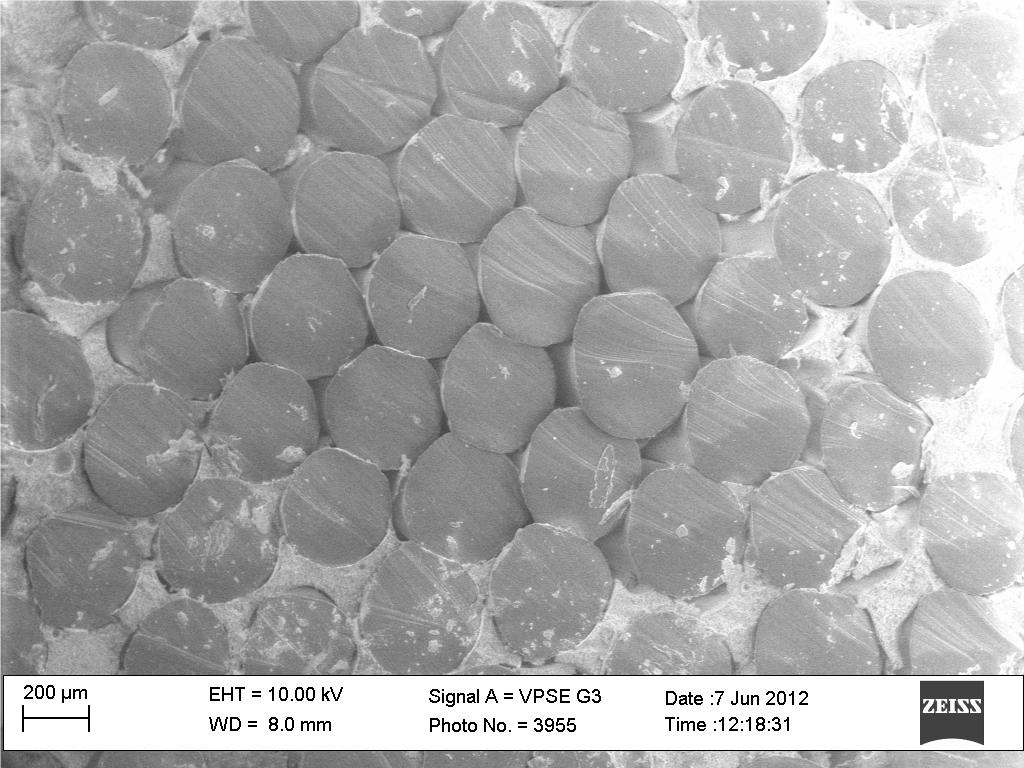This blog post provides information on the selection and maintenance of food industry cleaning tools and utensils, with a focus on minimizing the risk of product contamination by foreign bodies.
What is a Foreign Body?
A foreign body refers to any unwanted object not intentionally present in food that could compromise safety or quality. This includes obvious items like insects, glass, or plastics, as well as less obvious ones like bits of shell or feather.
Why Are They a Problem?
When a foreign body complaint is made, the manufacturer must determine if it poses a health risk or affects product quality. If so, they may face legal consequences under EU Regulation No. 178/2002. Additionally, global food safety schemes emphasize controlling foreign bodies.
This blog discusses how to select and maintain cleaning tools to reduce contamination risks.
Challenges:
Most cleaning equipment is made from plastics, metals, rubbers, or silicones. While effective, these materials can pose risks if not properly managed.
Controlling foreign bodies in food manufacturing often involves metal detectors. However, non-metallic objects are harder to detect, even with X-ray systems. Therefore, proper selection, use, and maintenance of cleaning tools are crucial.
Regular visual inspection of products, either manually or using automated systems, is also important for identifying foreign bodies.
What Do GFSI Standards Say?
BRC: Hazard analysis and control (2.7.2) require identifying hazards like foreign bodies. Maintenance programs (4.7) must prevent contamination, and equipment must be inspected regularly.
FSSC 22000: Cleaning tools should be hygienic and not introduce extraneous matter.
IFS: Foreign material risk mitigation (4.12) requires protecting products from contamination by equipment and utensils.
Guidance Available
EHEDG's Guideline 8 emphasizes preventing foreign particulate contamination. Equipment should resist damage and be regularly inspected and maintained. Poorly constructed tools increase contamination risks.
Figure 1
Figure 2Â
Figure 3
Figure 4
Figure 5
Figure 6
Figure 7
Figure 8
Figure 1: Badly designed replaceable blade squeegee.
Figure 2: Damage caused by screwdriver.
Figure 3: Metal screw connecting two parts of the squeegee.
Figures 4-6: Site-made equipment using nuts and bolts or tape to secure or repair, increasing foreign body risk.
Figures 7-8: Poorly maintained equipment leading to increased foreign body risk from debris and bristles.
Reducing the Risk of Foreign Bodies from Cleaning Equipment and Utensils:
General Guidance
Choose:
- High-quality, durable materials suitable for your environment.
- Tools that contrast with the food product for easy detection.
- Equipment free of fastenings and mechanically stable.
Avoid:
- Wood or foamed plastic due to durability issues.
- Painted or coated tools.
- Damaged or poorly constructed equipment.
Always:
- Clean and inspect before use.
- Conduct regular inspections and maintenance.
- Store equipment appropriately to avoid cross-contamination.
Control of Brush Bristles as Foreign Bodies
Brushes are a common source of foreign bodies, especially when bristles snap or break off. These can be made of plastic (PBT, PP, nylon), ranging in size from 0.15mm to 0.60mm. Even high-quality brushes can lose bristles due to wear and tear.
Metal Detectable Plastic Bristled Brushware
Metal detectable bristles are available but have limitations. Studies show they are weaker, less elastic, and harder to clean than standard bristles. Their use may actually increase contamination risk due to perception of being detected by metal detectors.
Bristle Fixation Methods
Drilled and Stapled Brushware
The key to reducing bristle loss is choosing a brush that minimizes this risk. Drilled and stapled brushes involve drilling holes into a block and securing bristles with staples. This method has been used for years but can lead to loose or cut bristles if not done correctly.

Figure 9.
Diagram of a drilled and
stapled brush construction.
If the brush is well made, the staple secures the bristles effectively. However, poor construction can lead to loose or damaged bristles, increasing the risk of loss. Even well-made brushes can lose bristles over time, especially if trapped during use.
Resin-set, Drilled and Stapled Brushware
Some brushes use adhesives (resins) along with staples to secure bristles. This method adds an extra layer of fixation, aiming to improve bristle retention.

Figure 10.
Diagram of a resin-set, drilled and
stapled brush construction.
Studies show that not all bristles are fully secured by the resin, especially those in the center of the bundle. This can still lead to bristle loss over time.

Figure 11.
Cross-section of a resin-set, drilled and stapled brushware bristle bundle, showing that the bristles in the center of the bundle are not additionally secured by the resin.
Image courtesy of CampdenBRI
As with traditional brushes, repeated use can cause bristles to become loose and eventually fall out. Resin itself can also break down, releasing fragments that pose additional contamination risks.
Fully-Molded Brushware
Fully-molded technology eliminates the need for metal or resin, reducing foreign body risks. Each bristle is individually fixed by heat and molded into the brush head, ensuring consistent retention strength.
If you want to know more about bristle fixation strength, please read this blog post.
Blog post

Figure 12.
Diagram showing the construction of a
fully-molded Ultra-Hygiene Technology
(UST) brushware unit.
References:
- BRC (2018). Global Standard Food Safety, Issue 8. August 2018.
- ISO/TS 22002-1:2009. Prerequisite programmes on food safety, part 1: food manufacturing (last reviewed in 2020).
- IFS Food 7.
- EHEDG (2018). Hygienic equipment design criteria. Guideline Document No.8.
- EHEDG (2005). Materials of construction for equipment in contact with food. Guideline Document No.32.
- Smith, D. L. (2nd edition 2021). Metal detectable plastics use in cleaning tools and utensils - does it reduce foreign body risk? Vikan White Paper.
- Anderson, W., and Armstrong-Gore, J., (2017). Detectable products and materials. BST White Paper.
- Smith, D.L. (2017). The hygienic design of food industry brushware - the good, the bad and the ugly. Journal of Hygienic Engineering and Design.
Recent blog posts
Satisfaction survey results – and a big ‘Thank you’!
Customer satisfaction is a top priority at Vikan, and every couple of years we put ourselves to the test by asking our customers how they think we’re doing.
Outstanding Ultra Safe Technology cleaning standard
Easy to clean Vikan Ultra Safe Technology products have delivered an outstanding cleaning standard for a large UK deli and meats manufacturer.

Dealing with glass debris in food processing operations
Food industry customers often ask us about the best way to clean up glass breakages and the resulting debris. Fortunately, Vikan has experienced Customer Service and Technical Sales Teams, and a de...
Tape In Hair Extensions
Xuchang KANAZI Hair Products Co., Ltd. , https://www.kanazihair.com









